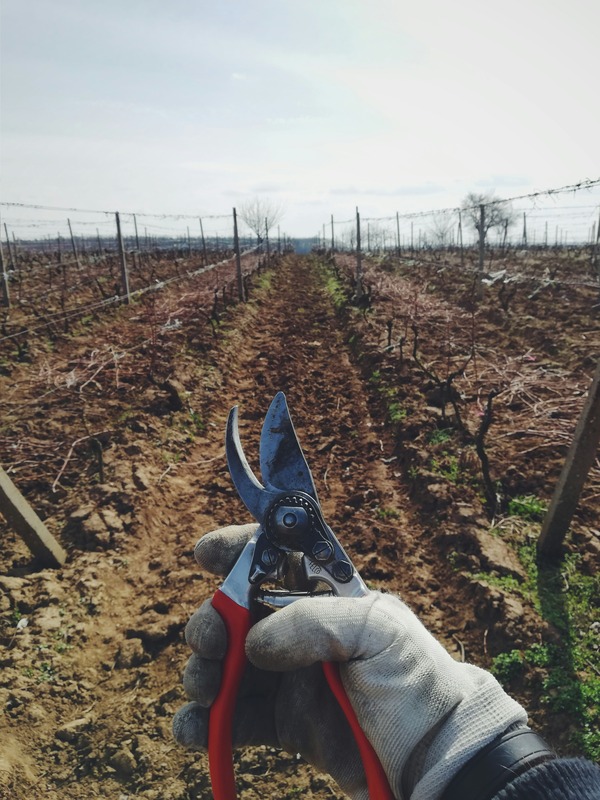Did you know? Pruning Roses and Grapevines

Why Prune in March?
March is an opportune time for pruning roses and grapevines because it aligns with the plants' dormant season. This period allows for strategic shaping and removal of dead or diseased wood without causing unnecessary plant stress. Pruning in early spring sets the stage for robust growth during the upcoming growing season.
Rose Pruning Techniques:
- Remove Dead Wood:
Begin by eliminating dead, damaged, or diseased wood from your rose bushes. This not only enhances the plant's appearance but also prevents the spread of diseases.
- Shape and Size Control:
Shape your rose bushes by cutting back overgrown branches to encourage a more compact and aesthetically pleasing form. Aim to maintain an open center, allowing sunlight and air circulation, crucial for disease prevention.
- Promote New Growth:
Make clean cuts above outward-facing buds to encourage the development of new shoots. This fosters a bushier, healthier rose plant.
- Climbing Roses:
For climbing roses, focus on removing weak or dead wood and tying healthy canes to supports. This helps create an organized framework for the climbing structure.
Grape Vine Pruning Techniques:
- Spur Pruning:
In March, consider spur pruning for grapevines. Identify solid and healthy canes and trim them to spurs, usually leaving 2 to 4 buds. This technique stimulates fruit production on last year's growth.
- Cane Pruning:
Alternately, select one or two of the healthiest canes for cane-pruned varieties and remove the rest. These chosen canes are then pruned back to 8-12 buds, encouraging the growth of new fruiting canes.
- Remove Weak Growth:
Eliminate weak or overcrowded growth to redirect the plant's energy into producing quality fruit. Proper spacing between canes is crucial for adequate sunlight exposure.
- Shape the Vine:
Shape the grapevine by training it onto a trellis or support structure. This ensures a well-organized and easily manageable growth pattern.
Tips for Successful Pruning:
- Always use sharp, clean pruning tools to make precise cuts and minimize the risk of transmitting diseases.
- Dispose of pruned material away from the garden to prevent the spread of pests and diseases.
- Consider applying a balanced fertilizer after pruning to provide essential nutrients for new growth.
By embracing these March pruning techniques for roses and grapevines, gardeners set the stage for a season of vibrant blooms and bountiful harvests. Take advantage of this opportune moment to shape, invigorate, and rejuvenate your garden, ensuring these cherished plants' long-term health and vitality.

